Razer was a company that simply built gaming peripherals — mice, keyboards, headphones, and mousepads. That changed last year. In March 2012, it released the Razer Blade, proclaiming it had built the “world’s first true gaming laptop.” The original 17-inch Blade was an attempt to prove that gaming machines didn’t need to be chunky slabs, but Razer’s first iteration was extremely expensive and seriously flawed… and it didn’t help that other manufacturers (like Apple) started introducing laptops even thinner and more powerful at a lower cost.
Fast forward to 2013 with Razer’s third laptop, and it looks like a peripheral manufacturer might actually be setting a new bar for the PC. The new 14-inch Razer Blade (which starts at $1,799) is thinner than many ultrabooks, but manages to run both a quad-core Core i7 processor and Nvidia GeForce GTX graphics simultaneously at full bore. It’s a portable, powerful machine, and it could be the first to truly straddle the worlds of work and play. To find out, we put not one, but two laptop reviewers on the case: David Pierce and Sean Hollister.
A laptop for non-gamers
By David Pierce
I've always had trouble recommending "gaming laptops" to anyone but the hardest of hardcore gamers. Alienware, Asus, Toshiba, even Lenovo all cram incredible power into their gaming notebooks, and do so no matter the tradeoffs. That's why Alienware unabashedly sells a 14-inch laptop that's nearly 2 inches thick, and why flames, racing stripes, and vaguely terrifying logos are commonplace.
Only Razer's trademark green logo gives the true purpose away

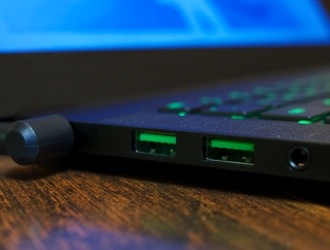
The latest Blade is really the first gaming laptop I wouldn't immediately classify as a "gaming laptop." The all-black aluminum body looks a bit like the black MacBook that Apple has sadly forgotten, with a matte shell that attracts and prominently displays fingerprints but is otherwise quite sleek and refined. Only Razer's trademark green logo gives the device’s true purpose away — otherwise you might be fooled by its 0.66-inch thickness into believing this is just an ordinary Windows 8 ultrabook.
In some ways, and for many users, it is just an ordinary ultrabook. A good one, too. Even though the anti-ghosting keyboard is still a bit stiff, it's plenty comfortable, and it's far better spaced and more accurate than the previous, larger models. As ever, each key is completely programmable — you can even map complex macros to certain key combinations, and use Razer's Synapse software to sync your customizations to other devices.
In a concession either to size or familiarity, the 14-inch Blade doesn't feature Razer's Switchblade UI, which uses a touchscreen and a handful of customizable buttons to give you even more things to do from the keyboard – the larger Blade is a shortcut-lover’s dream, but removing it makes the smaller model much cleaner and simpler, and gives it more room for that roomy keyboard. That's a good tradeoff.
The trackpad is one place where Razer caters to gamers while casting the rest of us aside. It's smooth and glassy, and normally works fine, but it can be incredibly finicky — the cursor would occasionally simply stop moving, forcing me to take my finger off and pause a moment before trying again. That's infuriating in regular use, and a nonstarter in a game; most gamers will simply use an external mouse and never be the wiser, but in everyday use I had to reboot the Blade and hope for the best. The trackpad doesn't click, either, instead relying on two tiny buttons underneath — even if those can come in handy for gamers in a pinch, the clickpad has become so standard it feels odd to use a machine without one.
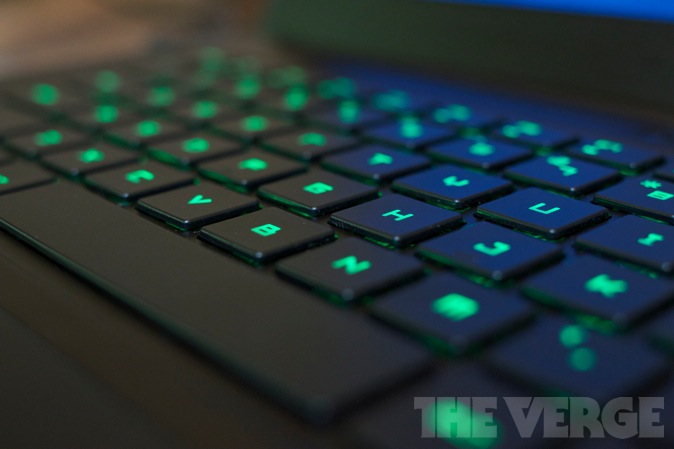
A green keyboard backlight gives the Blade a unique glow, accenting the black beautifully — just as red is a ThinkPad's distinct beacon of color, green does the same for Razer. The logos, keyboard lights, and even the USB ports are all green. It's unique without being ostentatious, and quite attractive to boot — it looks a little like the rebellious, street-racing sibling of the MacBook Pro with Retina Display. It has the same flat edges with rounded corners, the same lip at the front to help you lift the lid — at 4.1 pounds, this 14-inch mode practically sits right between the 13- and 15-inch Pros, and I don’t think that’s a coincidence.
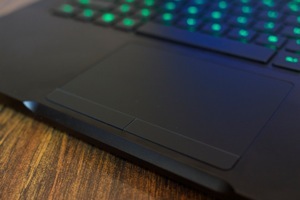
The Blade’s incredibly well-built, too, rock-solid and with clear attention to design. Even the hinge is perfect: it's pliable enough to open with just one finger, but sturdy enough to not wobble in place once you find the right viewing angle. It'd be a great hinge for a touchscreen machine, except Razer didn't include one on this new Blade. A touchscreen would add thickness, and Razer’s obviously steering clear.
Not only is its 14-inch, 1600 x 900 display not a touchscreen, it's just not a very good display. The size actually makes perfect sense for a Windows gaming laptop — Windows 8 doesn't handle high-resolution screens very well, and the Blade would undoubtedly have trouble playing some high-end games at 1080p or higher. None of that excuses the screen's poor viewing angles, though, or the sheen that makes the whole thing appear to glitter. It almost looks as if there's a cheap screen protector on the Blade, which is not how a $1,799 laptop ought to appear.
Razer still has some kinks to work out and a new screen supplier to find, but it's achieved something I didn't think was possible: it built a gaming laptop that looks nothing like a gaming laptop. It's the first Windows device I've seen that would be equally at home in an arcade or a boardroom, playing Crysis or just running the hell out of some Excel spreadsheets. It has long battery life, a good keyboard, and power to spare inside a thin chassis. That such a thing is even possible leaves me incredibly excited about how good our laptops could really be.
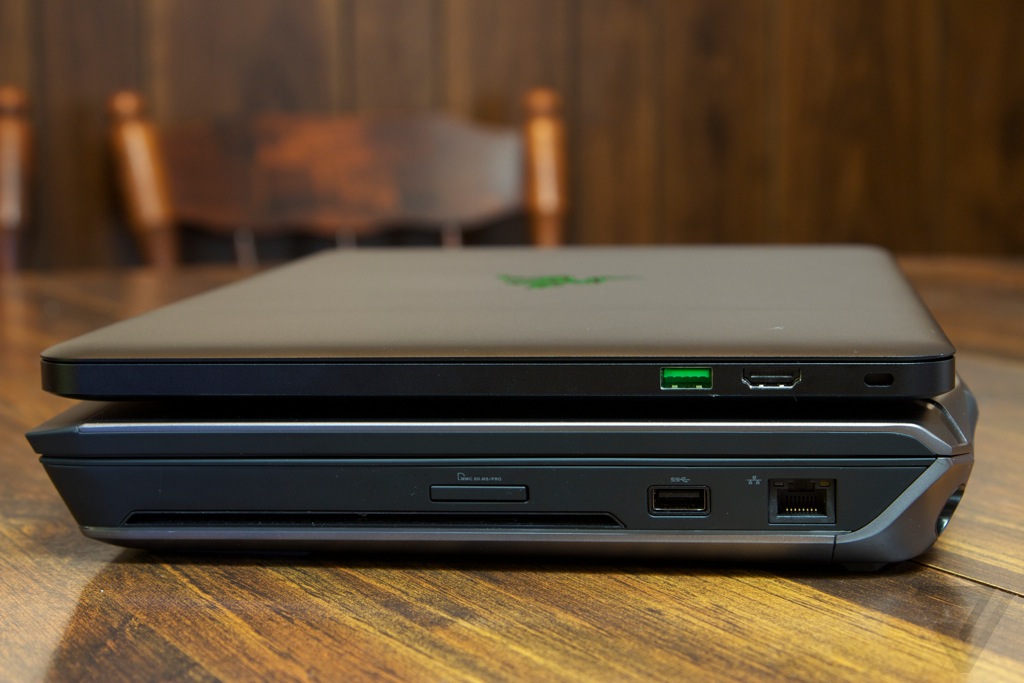
Flames and racing stripes are okay by me. I accepted long ago that I don’t have a sense of style that society generally recognizes, and I’d happily carry a nearly 2-inch, 6-pound Alienware laptop to my local cafe if I wanted coffee and high-end PC games simultaneously. But as I’ve grown up and discovered the workforce, I’ve realized I need more from a portable machine: it needs to be thin, light, and have enough battery life to carry around for most of a day. That’s why I find the 14-inch Blade’s sales pitch so intriguing.
Outside, the Blade has a mild-mannered MacBook-like exterior that I can slide right into my messenger bag, but inside lives a veritable beast: a quad-core 2.2GHz Intel Core i7 processor and the very same Nvidia GeForce GTX 765M graphics chip that tore through games in our review of its competitor, the Alienware 14. But Alienware's computer is a 1.65-inch thick brick; you can stack two Blades on top of one another and still not match its girth. How Razer managed to cram those chips into a laptop less than half the height of the Alienware machine is a good question, but a better one is this: can this lightweight laptop deliver even close to the same performance as that tank of a machine?
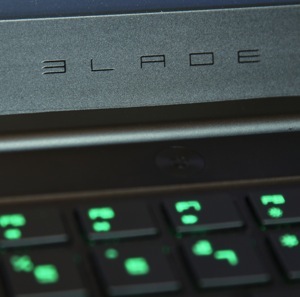
Mild mannered MacBook exterior hides a gaming beast
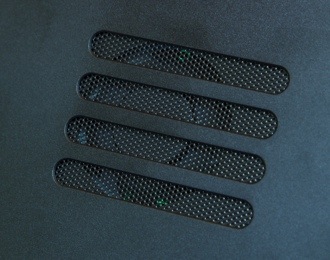
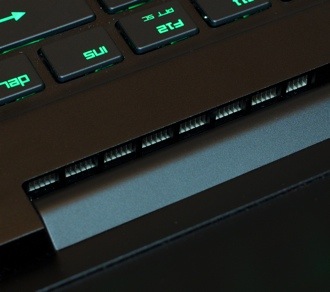
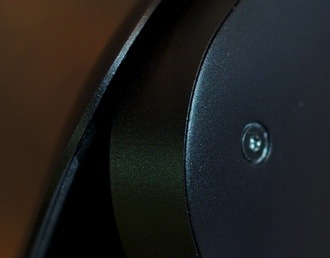
Yes and no — but surprisingly, mostly yes. Crysis 3, Battlefield 3, Max Payne 3, The Witcher 2, and Borderlands 2 — all demanding, graphically intensive titles — ran beautifully on the Blade with remarkably high levels of detail for a laptop this light and thin. Max Payne 3 and Borderlands 2 were butter-smooth at very high settings, both averaging over 60 frames per second, and I was able to play Battlefield 3 on ultra settings so long as I turned down the anti-aliasing. The Witcher 2 and Crysis 3, often completely unplayable on laptops this small, both ran just fine at medium detail. I saw minimum framerates over 30 fps with both games.
Performance vs. pixel density
Against the Alienware, it's not an apples-to-apples comparison, though: those framerates were measured on the Blade's lower-resolution 1600 x 900 screen, which has fewer pixels to push. As my colleague mentions, it’s a far cry from the screens we’d expect on an $1,799 machine, but you actually can push 1080p to a HDMI-connected TV and still play Battlefield 3 at medium detail. There’s no question that the Alienware has a little more raw muscle — as I discovered when I tried to turn on PhysX particle effects in Borderlands 2 on the Blade and watched the framerate chug — but there’s still an incredible amount of power under the 14-inch Blade’s hood.
There’s also an incredible lithium-ion battery pack there, with enough power to keep everything running at full speed — even Crysis 3 — with the impressively small power cord unplugged. When you’re not gaming, battery life seems fantastic, too: I got 6 hours and 49 minutes on our Verge Battery Test, which cycles through a series of websites and high-res images at 65 percent brightness. That’s still five hours shy of Apple’s incredible new MacBook Air, yes, but it’s a number I never believed I’d see on a gaming laptop even when used solely for basic computing tasks. The machine also boots in a flash: it takes just 11 seconds from hitting the power button to a fully loaded Windows 8 desktop thanks to a speedy solid state drive and a lack of bloatware. Talk about performance.
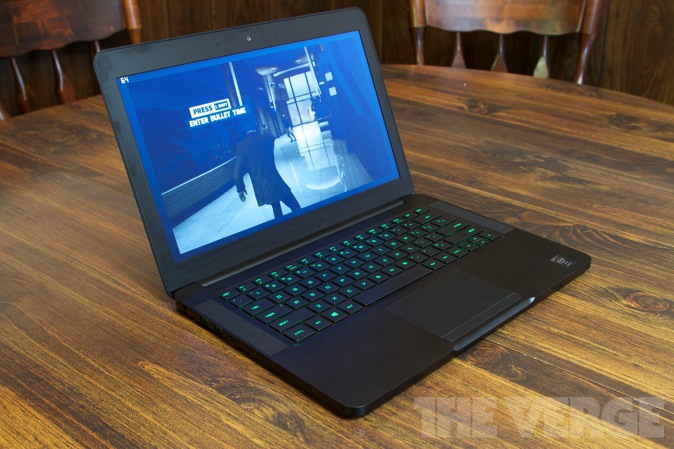
Unfortunately, that incredible amount of power also translates to an incredible amount of heat when playing games, and there's no easy way to avoid getting hot: the same anodized aluminum chassis that makes for a stiff, durable frame also transfers that heat to your fingertips and palms. The hottest part of the laptop is the vent hidden in the hinge, so if you’re cautious you won’t get outright burned, but there was still more than enough heat emanating from the keyboard deck to give me sweaty palms. Also, both the fan and chipset seem to whine a bit under the load.
With great power comes burned fingers... occasionally
While I actually welcome the utter lack of Razer’s fancy Switchblade UI, which never really did much for me as a gamer, not every facet of the Blade makes sense for a gaming businessman on the go. Even as I appreciate real buttons to accompany the touchpad should I misplace my mouse, I definitely noticed the lack of an ethernet port when I took the Blade to a LAN party, and the lack of an SD card slot after taking some DSLR photos. And while the speakers on either side of the 14-inch Blade’s keyboard sound great for games, finally offering the wide stereo audio field the original Blade so desperately needed, they’re still a little harsh for listening to plain music.
But beyond that heat and perhaps the low-res display, the only thing truly stopping me from picking up a Blade is Razer’s asking price. As we’ve mentioned, the 14-inch Blade starts at $1,799, and that model comes with a tiny 128GB solid state drive good to install only a small handful of games: Razer’s asking $1,999 for the model with a larger 256GB SSD (or $2,299 for 512GB), and we seriously doubt there's enough room inside to add a traditional 2.5-inch laptop hard drive. I’m seriously impressed by what Razer has built here, but as ever I’m curious if the company or its competitors can do better now that the bar has been set. With a better screen, slightly more effective cooling, a little more insulation, and more storage space, someone could build the best laptop ever made.
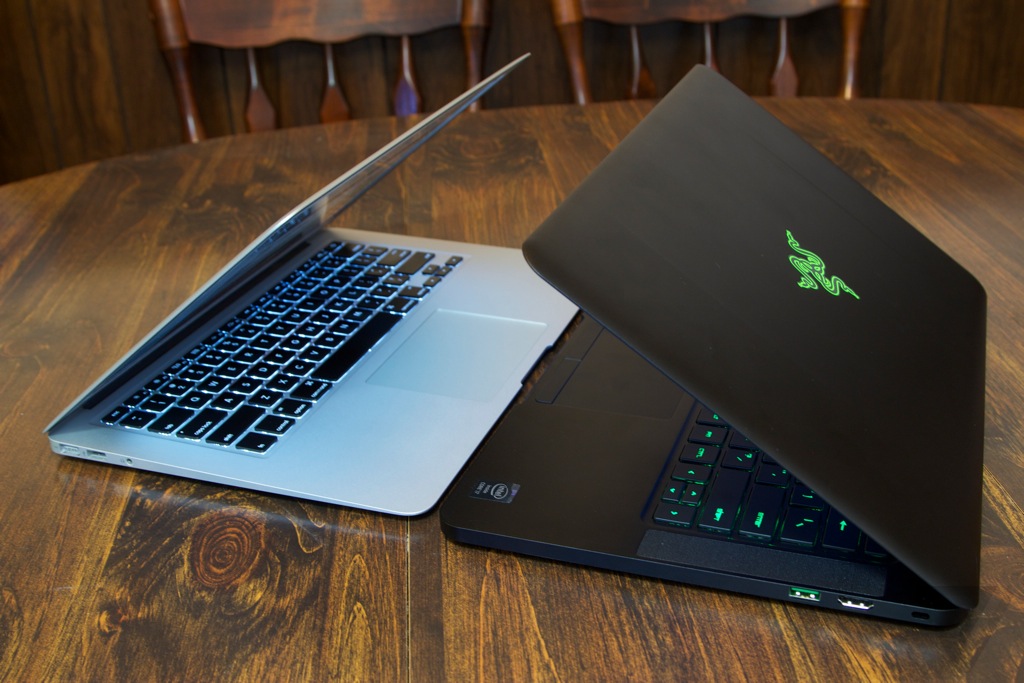
Third time's the charm
The third time was clearly the charm for Razer. In the sixteen months since the original Blade launched, the company has gone from PC industry newcomer to producing a product we actually want, and one we could really recommend to those who need a do-it-all laptop at any cost.
There aren’t many laptops as pricy as the Razer Blade, and the few that are (MacBook Pro with Retina display, Asus Zenbook Prime UX51vz) have far better displays if that’s what you want. For the sometimes gamer, the ones for whom creature comforts trump guaranteed framerates, those laptops still make oh-so-slightly more sense than a Blade purchase. And when those machines get upgraded with the latest Intel Haswell processors and discrete graphics, perhaps they’ll perform similarly anyhow. Still, as of today, there’s nothing that can game, then get up and go, quite like the 14-inch Blade.
:format(webp)/cdn.vox-cdn.com/uploads/chorus_asset/file/12801925/IMG_0824-hero.1419979689.jpg)
:format(webp)/cdn.vox-cdn.com/uploads/chorus_asset/file/12801925/IMG_0824-hero.1419979689.jpg)
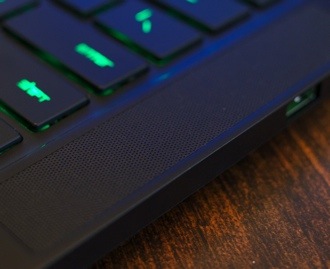
Share this story